There is a story that has been floating around the web about a 19 year old Dutch engineering student, Boyan Slat, who, if you believe the claims, has figured out how to clean almost half of the Great Pacific garbage patch in only ten years. At the risk of sounding cynical, the first thing that came to mind was the “super-skimmer” A-Whale, a converted Ore-Bulk-Oiler which was supposed to have revolutionized oil spill clean-up, if only it had worked, which it didn’t. Likewise, the operative question for Boyan Slat’s concept, is, will it work?
The Great Pacific garbage patch is the name given to floating mass of plastic and other waste caught in the Northern Pacific gyre, a huge circular current in the Northern Pacific. Slat’s idea is to use a series of floating barriers anchored to the ocean floor to use the force of the current to filter and concentrate the plastic waste.
Boyan Slat: Why would you move through the oceans if the oceans can move through you?
There is considerable skepticism about whether Slat’s anchored arrays would work. Continue reading

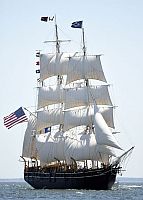
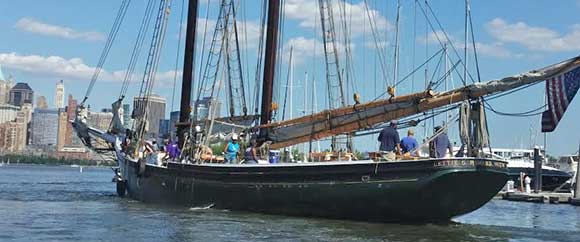
 I am aware of only one man who was praised by both Eisenhower and Hitler.
I am aware of only one man who was praised by both Eisenhower and Hitler.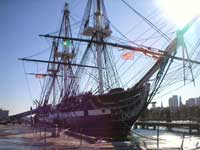 Constitution
Constitution In New York City,
In New York City, 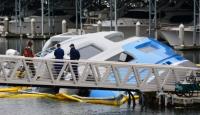


 There is a magic to ship’s figureheads. In Conrad’s
There is a magic to ship’s figureheads. In Conrad’s 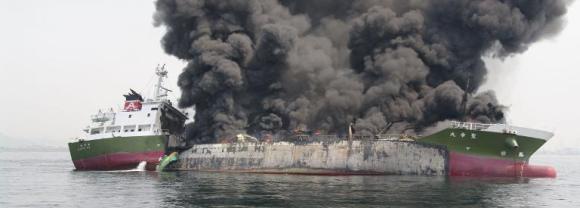
 Yesterday,
Yesterday,  We have followed the peripatetic wanderings of the
We have followed the peripatetic wanderings of the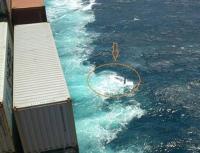
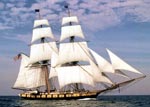 Good News — the State of Pennsylvania has committed
Good News — the State of Pennsylvania has committed 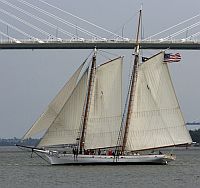 The Sailing School Vessel
The Sailing School Vessel